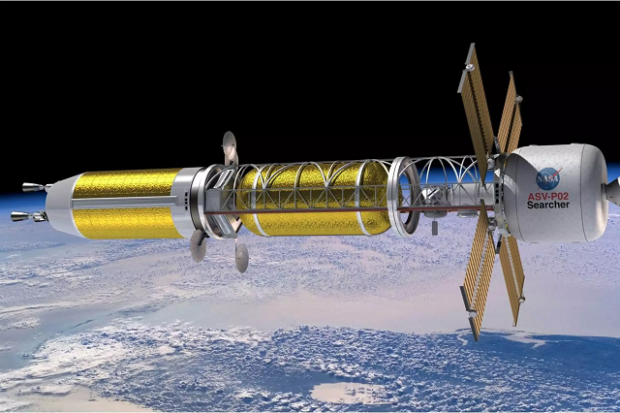
Breaking News
 The Days of Democracy Are Over
The Days of Democracy Are Over
 Elon Musk Described an AI Device to Replace Phones in 5 Years
Elon Musk Described an AI Device to Replace Phones in 5 Years
 Deposit Insurance For Billionaires?
Deposit Insurance For Billionaires?
 Rep. Troy Balderson Is Right: Coal And Gas Drive Affordable, Reliable, And Clean Energy
Rep. Troy Balderson Is Right: Coal And Gas Drive Affordable, Reliable, And Clean Energy
Top Tech News
 Graphene Dream Becomes a Reality as Miracle Material Enters Production for Better Chips, Batteries
Graphene Dream Becomes a Reality as Miracle Material Enters Production for Better Chips, Batteries
 Virtual Fencing May Allow Thousands More Cattle to Be Ranched on Land Rather Than in Barns
Virtual Fencing May Allow Thousands More Cattle to Be Ranched on Land Rather Than in Barns
 Prominent Personalities Sign Letter Seeking Ban On 'Development Of Superintelligence'
Prominent Personalities Sign Letter Seeking Ban On 'Development Of Superintelligence'
 Why 'Mirror Life' Is Causing Some Genetic Scientists To Freak Out
Why 'Mirror Life' Is Causing Some Genetic Scientists To Freak Out
 Retina e-paper promises screens 'visually indistinguishable from reality'
Retina e-paper promises screens 'visually indistinguishable from reality'
 Scientists baffled as interstellar visitor appears to reverse thrust before vanishing behind the sun
Scientists baffled as interstellar visitor appears to reverse thrust before vanishing behind the sun
 Future of Satellite of Direct to Cellphone
Future of Satellite of Direct to Cellphone
 Amazon goes nuclear with new modular reactor plant
Amazon goes nuclear with new modular reactor plant
 China Is Making 800-Mile EV Batteries. Here's Why America Can't Have Them
China Is Making 800-Mile EV Batteries. Here's Why America Can't Have Them
Gryphon Technologies to develop nuclear rocket engine for DARPA

DARPA has awarded a US$14-million contract to the Gryphon Technologies engineering firm to develop and demonstrate a nuclear rocket engine for the agency's Demonstration Rocket for Agile Cislunar Operations (DRACO) program. The High-Assay Low Enriched Uranium (HALEU) Nuclear Thermal Propulsion (NTP) system will allow the US military to carry out missions in cislunar space.
The single greatest limitation in space travel is the propulsion system. On Earth, it's possible to create motors that have a very high payload ratio, so one can, in the words of an early aviator, make a tea tray fly by putting enough power behind it. However, getting into space requires such high velocities and such high energies that engineers are forced to use very large engines and huge amounts of fuel to put very small payloads into orbit.
Once in space, there are essentially two options. One is to use chemical rockets, but these have largely reached their theoretical limits when it comes to thrust, or eclectic propulsion systems that produce very small thrust for very long periods of time.
As far back as 1945, it was recognized that there was a third option, which is to harness the power of the atom to produce a rocket that is more powerful than its chemical counterparts. The problem has been to create a practical design that produces enough thrust to warrant the investment.

 China Innovates: Transforming Sand into Paper
China Innovates: Transforming Sand into Paper

